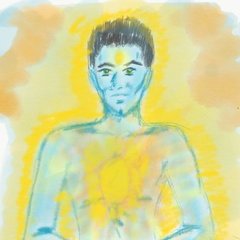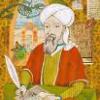-
Content count
17,811 -
Joined
-
Last visited
-
Days Won
245
-
you’re right I can’t even respond to this.
-
Welcome to DaoBums!
-
I did a search for 'Nungali' and all I got was random stream of consciousness verbiage ... so I guess the systems fine
-
When the Buddha achieved enlightenment he touched the earth. What is often not mentioned he then connected the live and neutral wires so that his LED aura would light up.
-
your Buddha’s wire has come loose
-
I think it’s better to understand maya as meaning ‘not what it appears to be’ rather than illusion.
-
Portugal is the land of a thousand yapping dogs ... and I assume you know that sobreiros are in the same family as oak?
-
Take the last train to Badgate, And I’ll meet you on the station, You don’t need to buy ticket, Cos I booked a reservation, No no no, No no no. It looks as if your never coming home.
-
Humans go to war The brave and lusty ones who Also go to whore.
-
I went down to Bad Gateway, fell down on my knees, Down to Bad Gateway fell down on my knees, Asked the Lord for mercy, “Take me to DaoBums if you please.
-
Thanks that cheered me up - I’d better get to it.
-
If you are missing me I’m hanging out at the Bad Gateway - see you there.


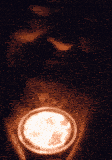

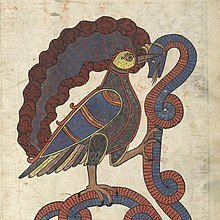



.thumb.jpg.7621d8e4dd2d0d878c4efc817a267564.jpg)
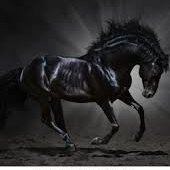

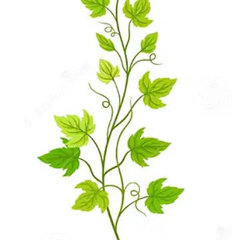

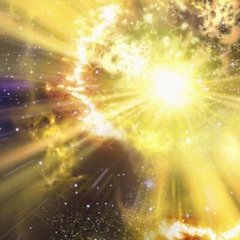
.thumb.jpg.0279361507cce6eb60b037b7a68d8dc9.jpg)
